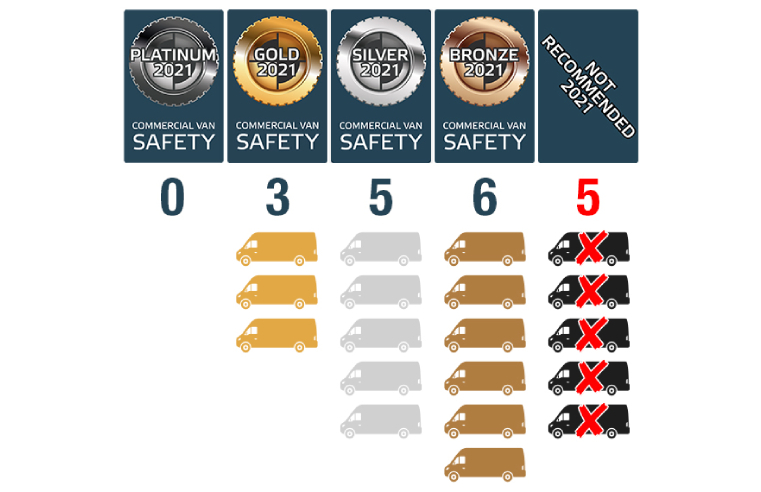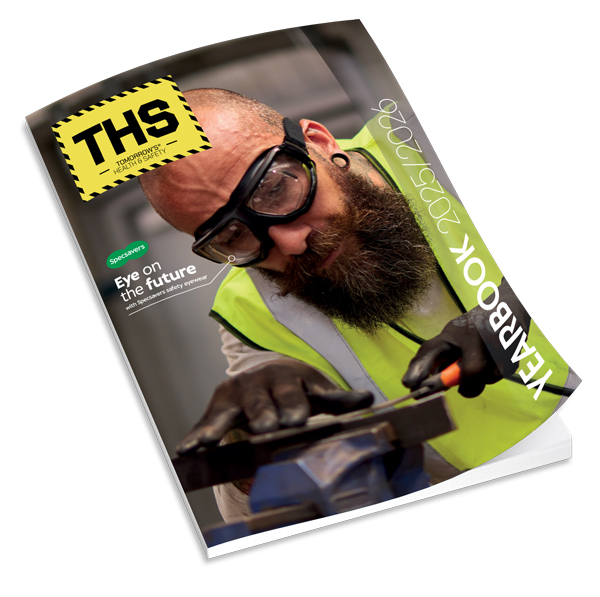With the growing number of vans on UK roads, Simon Turner, Campaign Manager, Driving for Better Business discusses what can be done to reduce risk and improve business performance.
The van safety deficit
Data from 2018 shows that vans were involved in more incidents that resulted in fatal injuries to road users, per mile travelled, than any other vehicle on the UK’s roads. All road users are at risk, as car occupants are 40% more likely to suffer injury in collisions with vans compared to other cars, according to Thatcham Research.
However, vans are lagging behind cars when it comes to the levels of collision avoidance technology. Indeed, Thatcham Research shows that vans are almost completely devoid of Advanced Driver Assistance Systems (ADAS) that reduce incidents in cars. Only 12.8% of new vans sold in 2019 featured Autonomous Emergency Braking (AEB), compared to 62% of new cars. AEB technology, when fitted to cars, has been shown to reduce rear-end collisions by up to 38%.
How safe are your vans?
To highlight the extent of this problem, Euro NCAP and Thatcham Research have launched a new Commercial Van Safety Rating - a series of van safety tests and performance analysis - which has produced some alarming results. Testing by Euro NCAP and Thatcham has shown that some vans on the UK roads are not fit for purpose, putting drivers and other road users at risk.
Out of 19 vans tested – representing 98% of new van sales in 2019 – the Renault Master, Nissan NV400, Renault Trafic, Vauxhall Movano and Fiat Talento all received a ‘Not Recommended’ rating.
Only Volkswagen’s Transporter, the Ford Transit, and the Mercedes-Benz Vito were awarded a ‘Gold’ rating. Both the VW and Mercedes models are fitted with AEB as standard in the UK. Five others were rated ‘Silver’ and six ‘Bronze’.
The business impact
3.4 million people rely on vans to support annual business earnings of around £56bn. For businesses who use vans, withholding critical safety technology poses inevitable safety and performance risks.
The wide fitment of ADAS technology is a major step forward in road safety, helping to reduce incidents - which in turn will drive performance improvement and reduce unnecessary cost and disruption.
Adoption of ADAS technologies combined with good management of those who drive for work can help to alleviate some of the most widespread causes of collisions including tailgating, fatigue, blind spots, speeding and lane drifting.
The business benefits
The biggest concerns highlighted by van fleet operators is the business disruption caused when vans are off the road for repairs, and the rising cost of insuring their vans. This is often a direct result of their collision record.
ADAS technology fitted to cars has been proven to significantly reduce collisions, repair costs and third-party claims. Firms that purchase or lease vans can take advantage of this technology to achieve a variety of business benefits.
There is also a wider societal benefit of opening up access to those who will struggle to afford new vans with ADAS technology. Fleets are the biggest purchasers of new vehicles, and so accelerating the adoption of ADAS technology means that more of these better-equipped vehicles will find their way into the second-hand market sooner, benefitting all road users.
New General Safety Regulation (GSR) legislation requires all new vans to be fitted with certain ADAS technology by 2024. Until then, firms must utilise this new technology or risk missing out on potentially huge business benefits and to keep their workers safe.
www.drivingforbetterbusiness.com






























